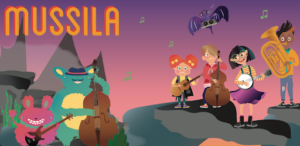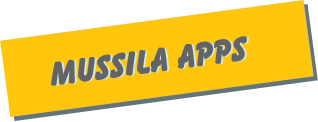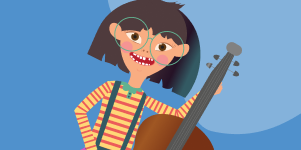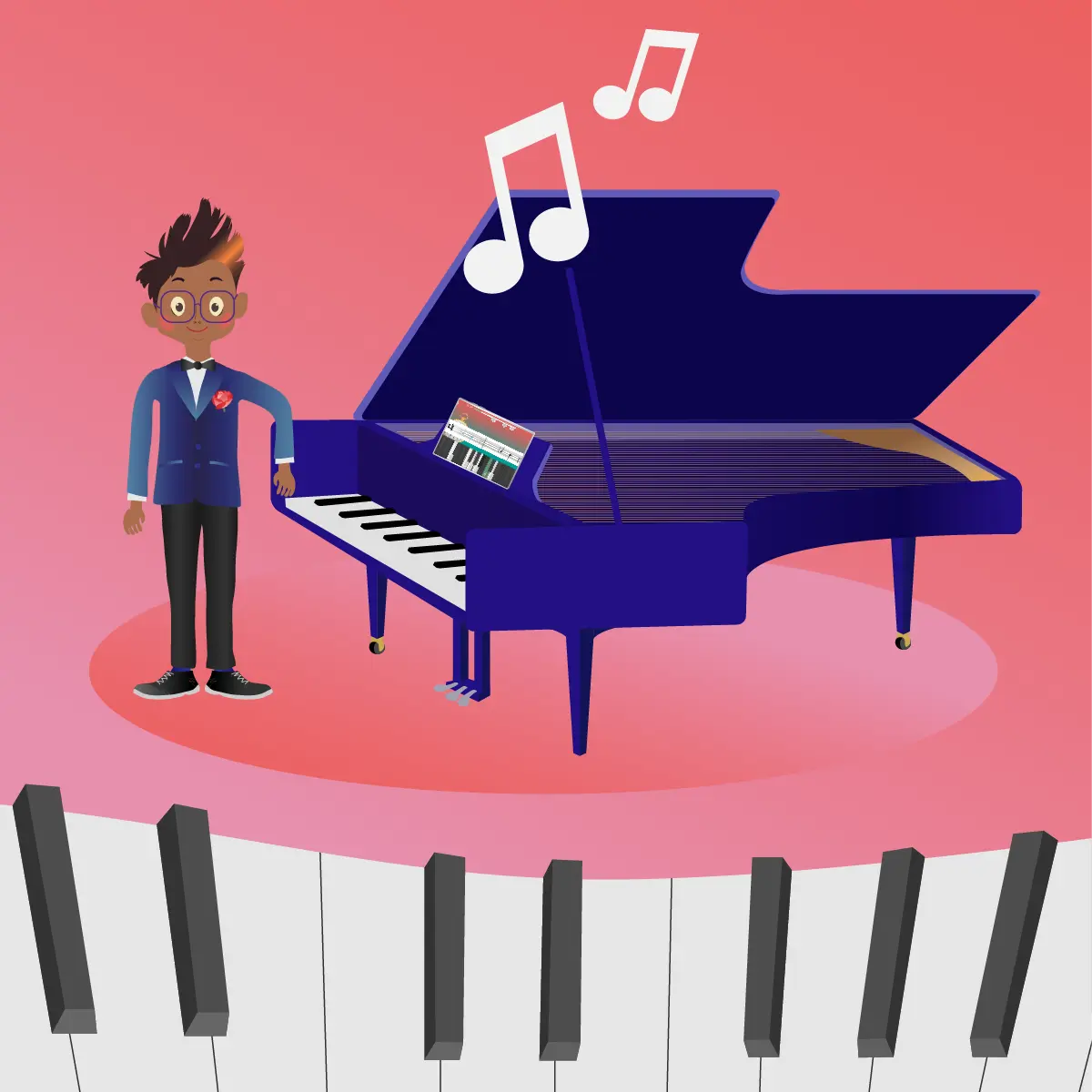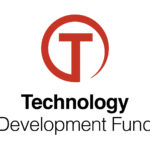By Jonathan Duffy, Arctic Meta
There is no doubt that technological advancements have led to some of the most incredible innovations of the past century. The leaps and bounds that have been taken in the last 25 years alone have never been seen before in human history.
To put some of this into perspective, remember that it was only in the early 2000s that people were able to use the internet without taking over the phone line, and now most people in the developed world become incredibly frustrated if their cell phone service drops down to 3G.
With the sheer speed of technological improvements, many throughout the world were able to keep their jobs or retrain throughout the coronavirus pandemic, and many industries have made an almost complete migration to remote work or at least a hybrid model. The economic sectors haven’t been the only areas of society that have benefited from advancements; education has also been given some new life.
Learning has increasingly become something that can be done in part or completely online. The future looks bright for a brand new industry catering to this called Edtech. What exactly is Edtech? How does it help students? What can it mean for parents and educators? Read on to find out more.
What is Edtech?
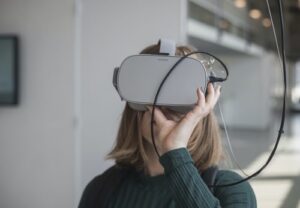
The word Edtech is an abbreviation of ‘Education Technology.’ It’s basically about using the advancements in technology that are available to enhance the educational experience. The main goals of Edtech are to optimise what is possible when it comes to learning.
Edtech is not about getting rid of the fundamentals of education. Reading, writing and maths are still major cornerstones in the foundations of Edtech.
To put it in simple terms, Edtech is about taking a look at the traditional classroom format and finding ways to enhance it or make it all together better using digital technology.
Most people have experienced or seen some form of educational technology through mobile applications. A lot of adults use things like DuoLingo to help them learn languages on the go; Edtech is what makes applications like this possible.
A Brief History of Edtech

The history of modern Edtech began a lot earlier than most people would realise. Throughout the 1920s, some governments in the English speaking world started producing educational radio programs. These radio shows introduced the public to the idea that learning could also be entertaining and didn’t necessarily have to take place in a classroom.
By the 1960s, many schools throughout the world had introduced a wondrous technological innovation into the occasional class, the Television. By the 1990s, the cost of producing films had greatly decreased because of the technological advancements that brought down the price of filming equipment. This period of time is widely known in film circles as the ‘Golden Age of Home Video,’ but it also led to an increase in educational video resources.
Most millennials can remember the excitement they felt when their teacher suddenly rolled in a massive TV and VCR; suddenly, school became a bit more fun. Many adults today still feel that little twinge of excitement when they hear the 90s National Geographic Intro.
During this period, many students were benefiting from games and software designed to enhance their learning experience of geography and history. The Oregon Trail and Where in the World is Carmen Sandiego are great examples of this.
The early 2000s brought with it the worldwide use of the internet and the understanding that computers were most likely going to become a regular part of human life. Students began receiving regular computer lessons at school as well as touch typing classes.
By 2007 the world had started to notice a new way to connect to friends, Facebook. This period of time also marks a big shift in the way technology is incorporated into daily life. Students were now able to access information that was more up to date than ever before in history, thanks to search engines.
This new era of information and technology led to the implementation of technology not only in education within the classroom but also in the outside world. Today most app stores have a tonne of educational options designed for just about any purpose. Edtech has come an incredibly long way from radio documentaries.
How Does Edtech Help Students?

There’s no doubt that Edtech greatly assists many students, but it’s worth looking at the specific reasons why.
24/7 Access to Learning Resources

Software and applications have changed the landscape of education for students. It’s now possible for learners to access classroom material at any time of the day. Thanks to the interconnected nature of the world and cloud-based information storage, a student can have a look at a piece of material almost anywhere.
This means that they can take care of things like homework on the bus, but it also means that if they are struggling to understand a piece of information, they don’t have to wait till they return to school to delve a little bit deeper. Sometimes it’s worth taking time to let things sink in a bit, and with Edtech, this is even more possible.
Increased Collaboration

It’s incredibly important for students to learn how to collaborate with others. Collaboration helps students to understand how to regulate their personal feelings about peers and effectively use them or work around them to be able to achieve a desired outcome.
Kids who learn effective collaboration skills tend to perform better as team members when they become adults. The frameworks of digital learning greatly increase the ability for students to exercise their collaboration abilities. There are already many applications available to schools that help students to connect with each other and collaborate on class assignments which have been proven to provide remarkable results.
Geographical Flexibility of Learning

There was once a time when the physical location of a student had a significant impact on both their education and the possible opportunities available to them later in life. As stated earlier, most workers have seen the economic landscape shift to allow for more and more remote work, and this same phenomenon has levelled the playing field a bit more for students all around the world. As long as they have a connection to the internet, the world is almost their oyster.
Education Personalisation

Out of necessity, most school systems have had to adopt a ‘one size fits all approach in how education is delivered. The unfortunate thing about that is that it sounds fine in theory, but it doesn’t really work in practice. In fact, many educational experts argue that even a ‘one size fits most’ approach is not ideal.
It’s impossible to cater to every specific need of each individual student, but Edtech does allow for elements of customisation to allow for the fact that no two students are ever the same. Digital innovation makes it possible to look at exactly how information is delivered and enhance it without disrupting the educational flow of other students. This kind of approach can greatly increase comprehension and overall performance for many students.
Learn at Your Own Pace

Without much thought, most adults can identify if they are a morning person or not. They have come to understand that there are particular times of the day they function optimally and will make adjustments around that. Sometimes it means they go to bed earlier, stay up later, have an afternoon coffee or avoid it altogether.
This self-identification is natural to grown-ups, yet for more than a century, kids have been expected to adhere to prescribed productive hours of the day. This isn’t to say that routine and regular bedtimes aren’t important; it’s just that it also makes sense that individual children have different periods of the day where they tend to be more ‘switched on.’
One of the smartest things to do within an education system is to find a way to capitalise on that time. Some students will naturally get the hang of a topic or concept a lot quicker than others. When this happens, teachers often have no choice but to follow the pace of the majority of the class. With Edtech, students who need a little bit more time to digest things don’t need to be left behind.
How Does Edtech Help Teachers?

It’s great to see that Edtech has provided avenues for better educational experiences for students, but how does it make the exchange of knowledge better for educators?
Recyclable Lesson Plans

One of the biggest hurdles many educators are constantly faced with is a lack of time. There are only twenty-four hours in a day, and if at least eight of them are spent teaching, it doesn’t leave a lot of time to create and adjust lesson plans.
A massive benefit of educational technology is that it allows teachers to create a reusable bank of resources and lesson plans so that their main focus can be on their delivery. This also greatly assists in cases where a substitute teacher is needed. All they need to do is log on, view the prepared notes and teach.
Automated Grading

AI is already elevating possibilities in regards to grading students. Smart applications are already able to quickly analyse test answers based on information fed into them by assessors. These kinds of apps can be used for many kinds of objective assessments.
With the help of automated grading, teachers don’t need to spend time marking multiple-choice tests and can instead focus on the assessment of more subjective tasks.
Paperless Classrooms

Most people who went to school in the past thirty years will probably remember that the hardest working machine in the entire education system was the humble photocopier. Almost 40% of a school’s total waste is made up solely of paper. This amounts to billions of sheets of wasted paper each year.
It takes roughly 177 litres (47 gallons) to produce a single ream of printer paper, and in the US alone, the amount of wasted paper in schools is responsible for the loss of 900 million trees. Even a second-grade maths student would be able to look at those numbers and agree that the environmental impact alone is worth switching to a more paperless system.
Classroom Management Tools

When teachers enter a classroom, the thing they should be able to focus 100% of their attention on is educating. Unfortunately, a great deal of time is spent on a number of administrative tasks. Things like checking attendance, communicating with parents, checking homework and a whole lot of other things take up precious amounts of time that could be better spent.
Edtech is able to simplify, streamline and automate a lot of the mundane, everyday tasks teachers have to deal with so they can instead focus on delivering quality content to their students.
Eliminating Guesswork

Assessment can sometimes be a daunting task for teachers. They need to look at a student’s cumulative work and make a judgement on where they fall in comparison to general guidelines and also their peers. All educators know that accurate assessment is incredibly important because it is used to identify strengths and weaknesses as well as potential learning disabilities.
Performing an accurate assessment at the end of a unit of study can be difficult, but with tools provided thanks to educational technology, teachers can get an accurate summary of a student’s progress at any time throughout the year. They can easily access a record of all of their students’ work online and know instantly who is falling behind and in which subjects.
How Edtech Can Help Children

Edtech presents some incredible opportunities to help teachers, but how exactly does it help the ones who could benefit from it the most?
Anyone who has ever had to teach a child knows that it’s not easy. Not every child can remain focused for the same period of time, they have different interests, and they’re not great at forcing themselves to do things that they think are boring or uninteresting.
In recent years, a number of players in the Edtech field have understood the needs of children when it comes to learning and found ways to make the process more interactive, more engaging and more fun in general.
Studies have shown that children tend to stay interested and retain more information when education is more enjoyable, and the current trend within the Edtech field is to capitalise on that.
The innovative tools that have become available through Edtech have also made it possible for kids to have exposure to more complex disciplines like coding and engineering at a much younger age. These topics are complex as a whole, but some of their base principles can be picked up very quickly by most people.
What Are the Main Trends in Edtech?

Apart from some of the exciting things mentioned above, there are a few very interesting trends currently coming out of the innovative players in the Edtech field.
Gamification

Gamification is basically exactly what it sounds like. It’s about taking the elements of gameplay and injecting them into the framework of educational content. To put it simply, gamification takes something that kids love (play) and adds that to whatever it is they are learning.
It might sound like a sneaky way of getting kids to learn things that have been traditionally seen as boring, but it has been proven to work and is one of the most current trends within the Edtech industry.
Adaptive Learning

For the longest time, the general attitude behind education was that most students ‘should be learning at an expected rate.’ This attitude came out of the belief that the student should adapt to the curriculum and methods of the teacher and not the other way around. However, after more than a century of research into the best practices for educating young people, it seems that the opposite approach would yield better results.
Edtech makes it possible for programs and curriculums to be adapted according to the specific needs of students. This kind of innovation is particularly helpful in the case of differently-abled students.
Augmented Reality and Virtual Reality
Augmented Reality and Virtual Reality have come a long way since people first saw massive headsets on science TV programs in the late 1990s. AR and VR have been used in the entertainment and healthcare industries for years and are now starting to make their way into education.
The potential AR and VR have on education is limitless. These technological wonders can give students a chance to practice knowledge in simulated environments. They can also expand on topics or examples in a rich, visual way that textbooks simply cannot.
Redesigned Learning Spaces

The needs of the average person have changed in the last few decades. More and more, workplaces and homes are becoming automated and incorporating elements of technology to both save and optimise time, so classrooms should also follow suit.
Using Edtech to transform learning spaces allows for a more personalised educational experience that ensures an optimal location for absorbing knowledge and skills. This can be in small ways like having access to devices like tablets or smartboards or in big ways like increasing the interconnectivity of classmates and teachers through cloud technology.
Learning From Anywhere

For many previous generations, the location someone went to school played a significant role in how much success they had later in life. Thanks to Edtech innovations, the playing field is becoming a little bit more level. In the interests of equity, technology is leading the way.
On a lesser note, it also makes life a lot easier for parents who might want to take some vacation time that doesn’t really fit in with school holidays. As long as there’s an internet connection, there’s nothing to stop a child from learning algebra on a beach, is there?
How Does Edtech Help Parents?

There’s no doubt that technology will continue to play an important role in the future of almost every person on the planet. The effective use of these technologies can also assist parents in being an active part of the educational process for their children.
Every parent wants to find ways to help strengthen what their kids are learning at school. This often begins at a very young age when children are first learning to read. Eventually, most parents experience a moment (usually in high school) where they simply don’t really know how to help with homework or an assignment. This can be frustrating and disheartening, but it doesn’t have to be.
Edtech tools make it possible for parents to be more involved and understand exactly what their kids are learning, where their strengths lie and what skills they could improve on. Many have argued that technology makes people less social, but with Edtech, it’s possible that parents could actually understand their children even more.
What Does Edtech Mean for Technologists & Designers?

For people already working as technologists and designers, the current boom in Edtech is presenting some exciting predictions for the future. As more and more young people are exposed to technology and innovative tech from a young age, this means they will have an immense head start for the future.
Imagine the leaps and bounds that will be taken when those who graduate high school already have a basic understanding of coding or programming and have learned how to effectively optimise their time to the point where it’s second nature to them.
Mussila’s Edtech Offerings
Mussila is a company that was born out of the Edtech revolution. Their first offering was the Musilla Music School. This is an app available for both schools and parents that takes a traditional music curriculum and combines it with the elements of play and gamification to teach kids all about music.
The Musilla Music School is now an incredibly successful, award-winning application, and Musilla has a new Edtech offering called ‘WordPlay.’ Wordplay takes the same award-winning approach of the music school and uses it to help children learn how to read.
Musilla’s applications are popular not just because they have been proven to work but also because they build learning environments for kids that are immersive, interactive and most of all, fun!
To find out more about Musilla’s Edtech offerings, check them out in your app store or follow them on social media.
Conclusion

Less than 30 years ago, the most advanced technology kids would see in school was a television wheeled out to show a documentary. In a relatively short space of time, there are now entire curriculums available for those who wish to learn that can be accessed from anywhere in the world.
One day it might be possible for a 17-year-old to have an in-depth understanding of quantum physics simply because they were interested in it and the information was available to them. The future is exciting, and Edtech is going to make some incredible things possible.


